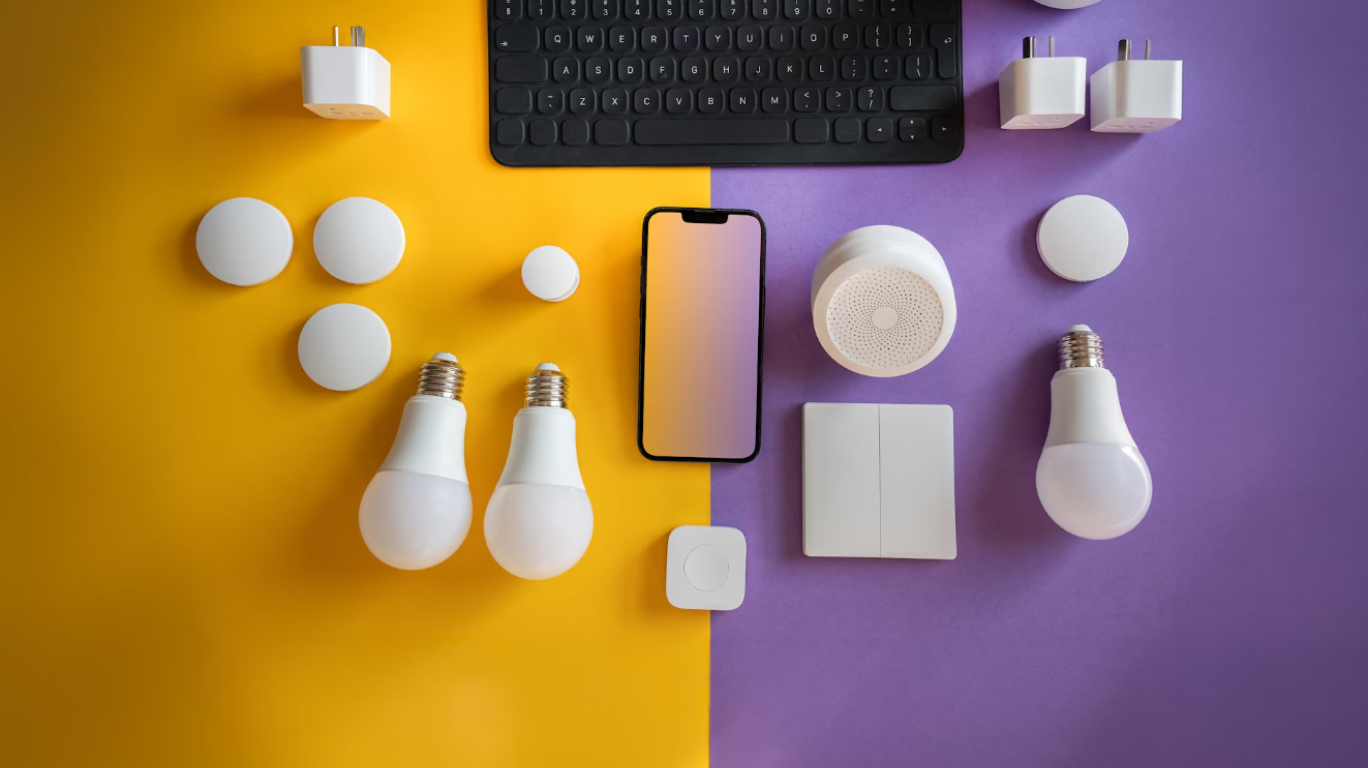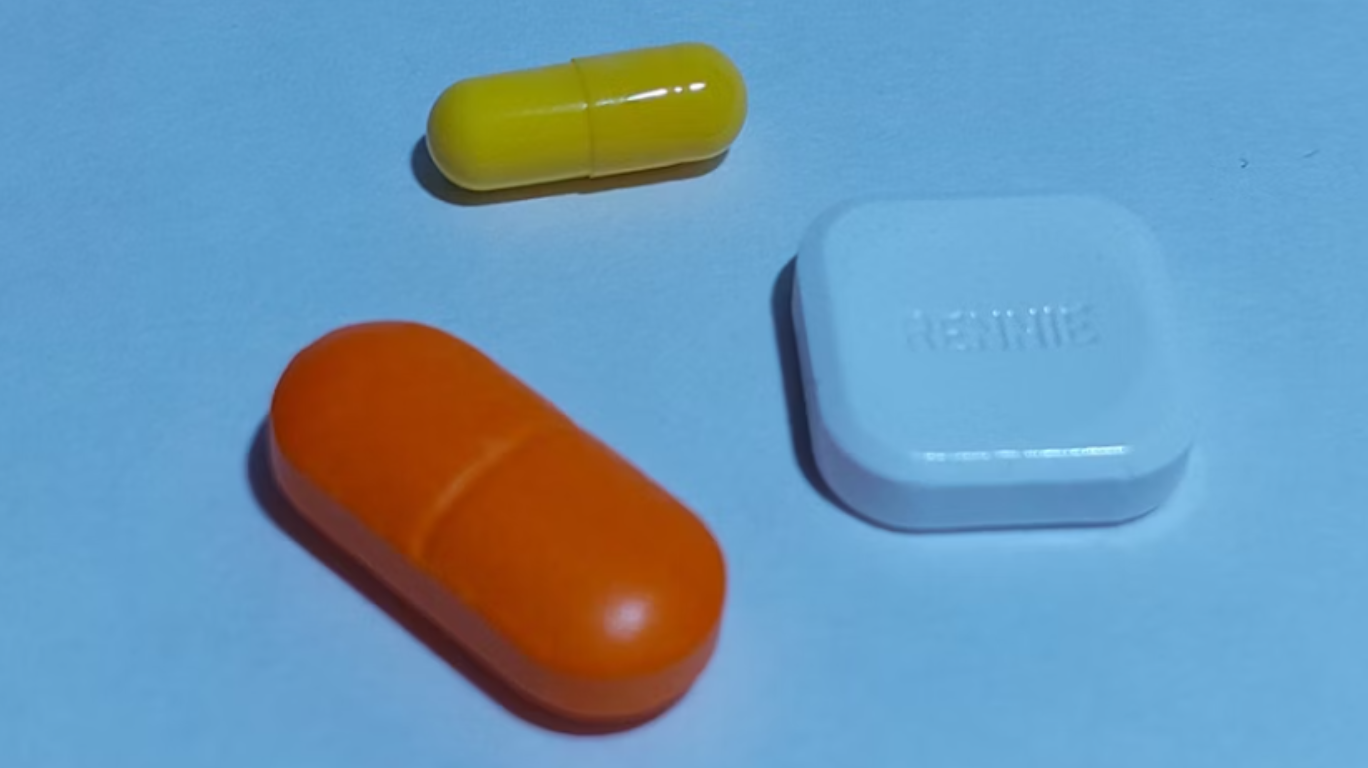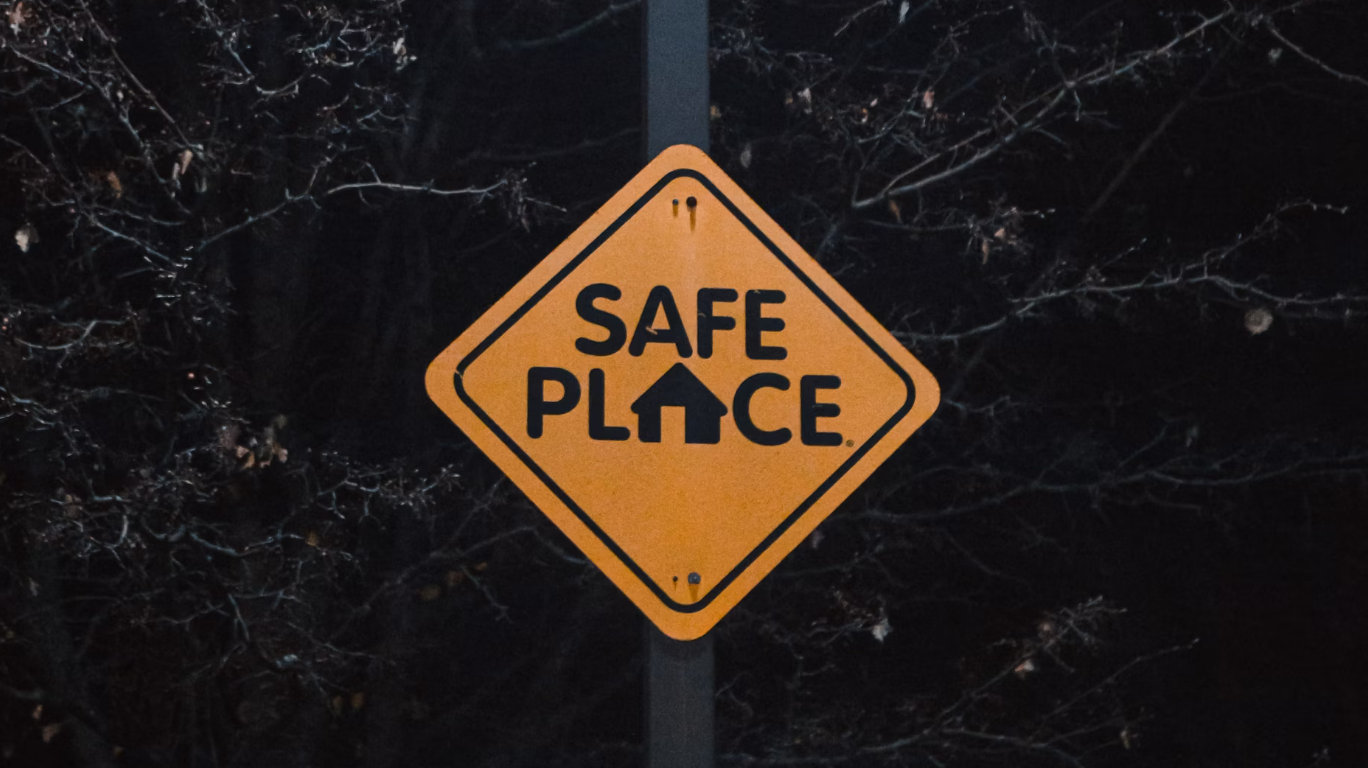Smart Systems That Keep Independent Living Safe
Living independently offers freedom, dignity, and comfort—but it can also come with concerns about safety, especially for older adults or people who live alone. Technology is stepping in to provide reassurance, not just for individuals but also for their families and carers.
Modern smartphones and connected devices now come equipped with features like fall detection, emergency alerts, and location sharing, acting as a constant guard in the background. Understanding how these systems work can help you decide whether they’re the right fit for your lifestyle.
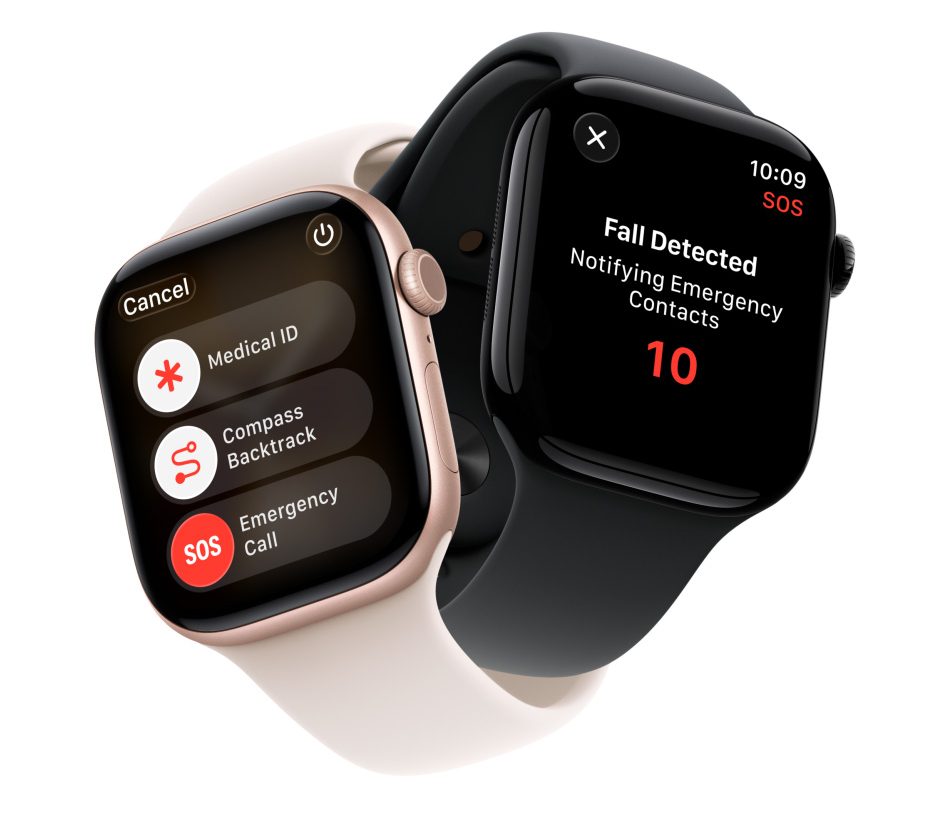 Image courtesy of apple.com
Image courtesy of apple.com
Fall detection
Fall detection is a feature available in many smartwatches, smartphones, and wearable devices. It uses motion sensors to recognise when someone has fallen. If the system registers a strong impact followed by little or no movement, it assumes the person may have fallen.
The device then issues an on-screen or audible prompt: if the user doesn’t respond within a set time, it automatically contacts emergency services or designated family members with the location details.
For older adults, or anyone at risk of falls, this technology acts as a silent safety net. It ensures that help is summoned even if the person cannot reach their phone or speak. Families gain peace of mind knowing their loved one won’t be left unattended in the event of an accident.
Emergency alerts
Emergency alert systems are built into most modern smartphones. They allow the user to call for immediate help with a simple button press or gesture.
Typically, pressing the power button multiple times or holding it down activates the emergency mode. This feature can automatically dial emergency services, share the user’s location with pre-set emergency contacts, and display critical health information such as allergies or medical conditions on the phone’s lock screen.
These alerts offer a fast, discreet way to get assistance in urgent situations—whether it’s a fall, sudden illness, or even a security concern. By reducing the time it takes to connect with help, the feature can make a real difference in emergencies. For individuals who value independence, knowing that help is just a button away adds an extra layer of confidence.
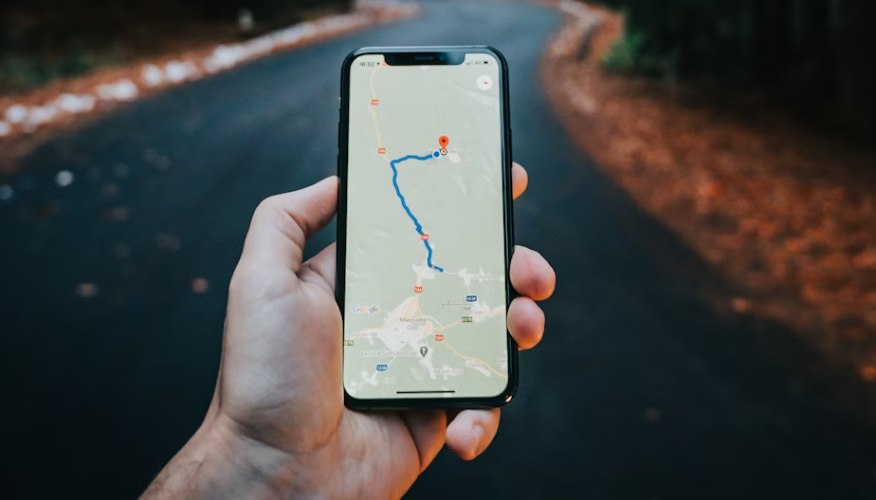
Location sharing and check-ins
Location-sharing features on smartphones enable trusted family members or caregivers to know your location, either in real-time or through occasional check-ins.
Using GPS technology, the phone can send your location to selected contacts through apps like Google Maps, Apple’s Find My, or dedicated care apps. Some platforms allow scheduled check-ins—if you don’t confirm you’re okay at a set time, the system notifies your emergency contacts.
This feature reduces isolation while respecting independence. Loved ones don’t need to make constant calls to check in, and individuals can go about their day knowing support is always within reach.
Extra features
Modern devices often come with additional tools designed to support safety and well-being, such as health tracking, reminders, or voice assistants.
Smartphones can store medical ID information, set medication reminders, and connect with wearables that track heart rate or blood oxygen levels. Voice assistants integrated into phones make it possible to call for help hands-free, even from across the room.
These extra layers of support make daily life smoother while adding to the sense of security. Instead of relying on multiple devices or systems, many of these features are built into the phone you already carry, reducing complexity while maximising safety.
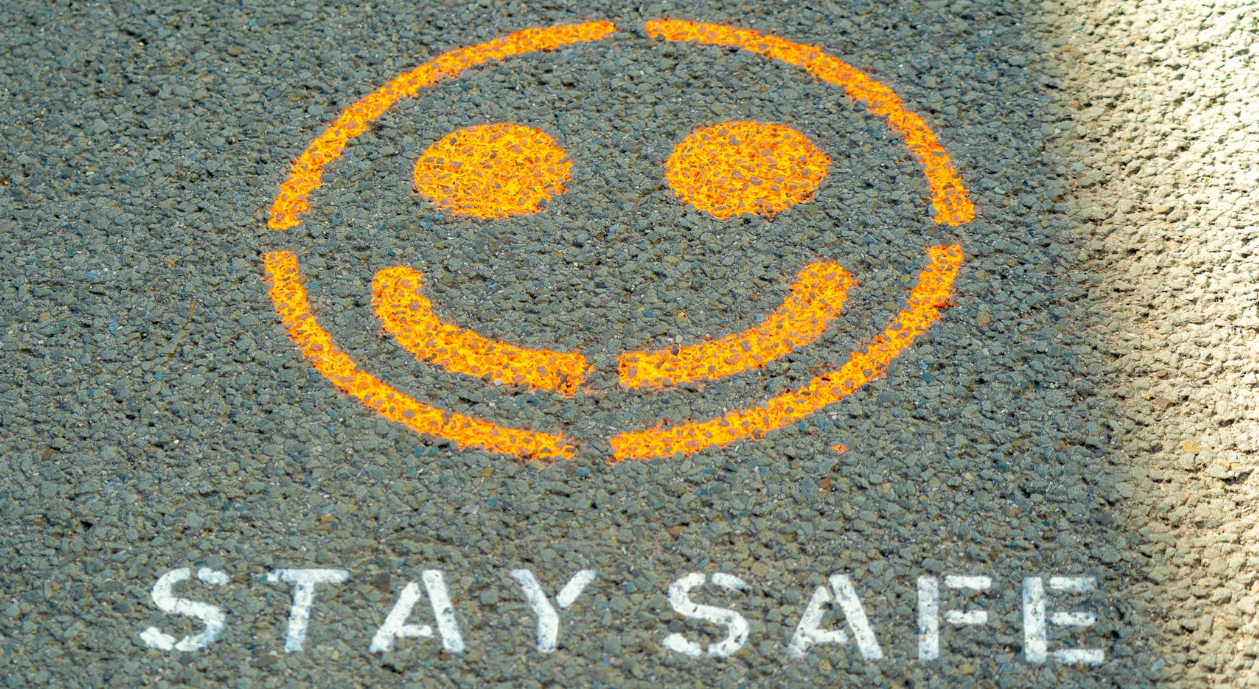
Final thoughts
Smartphones and connected systems are proving invaluable in helping older adults and those living alone maintain independence while staying safe. With features like fall detection, emergency alerts, and location sharing, technology is becoming a constant companion—quietly monitoring, ready to act when needed.
